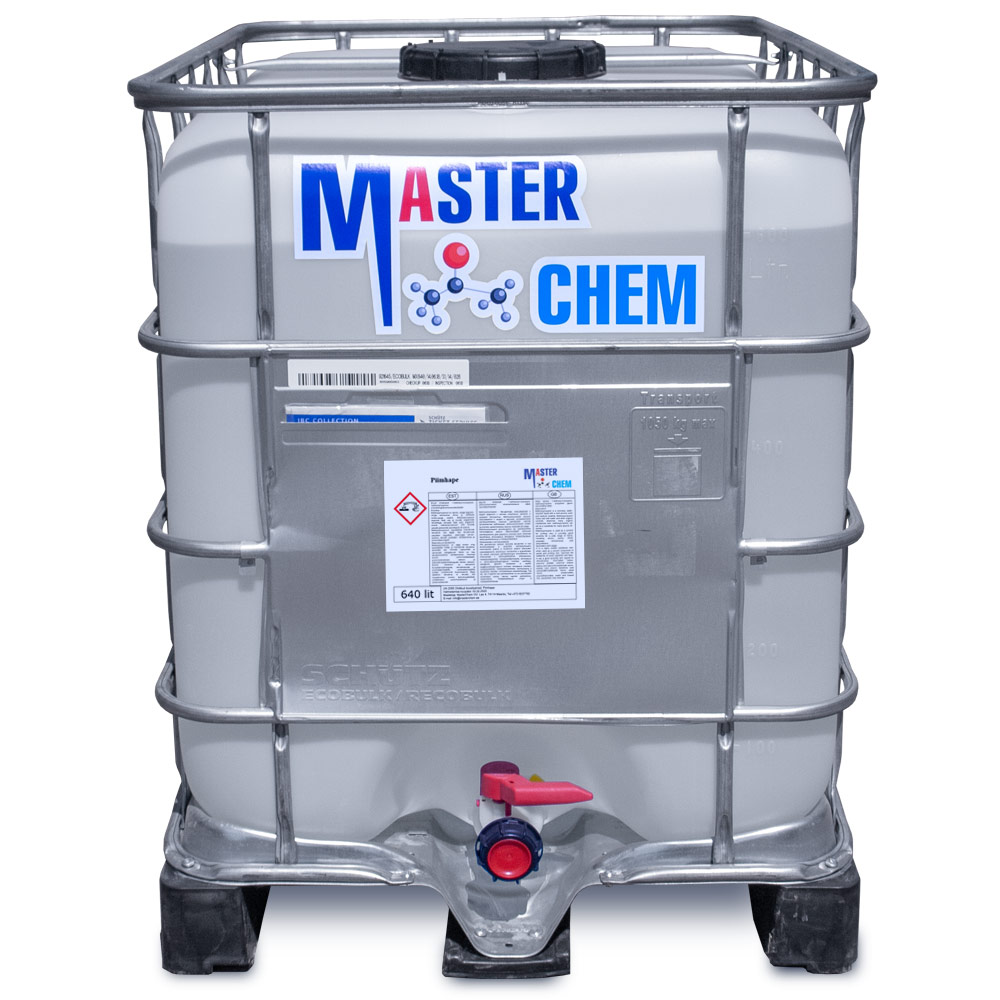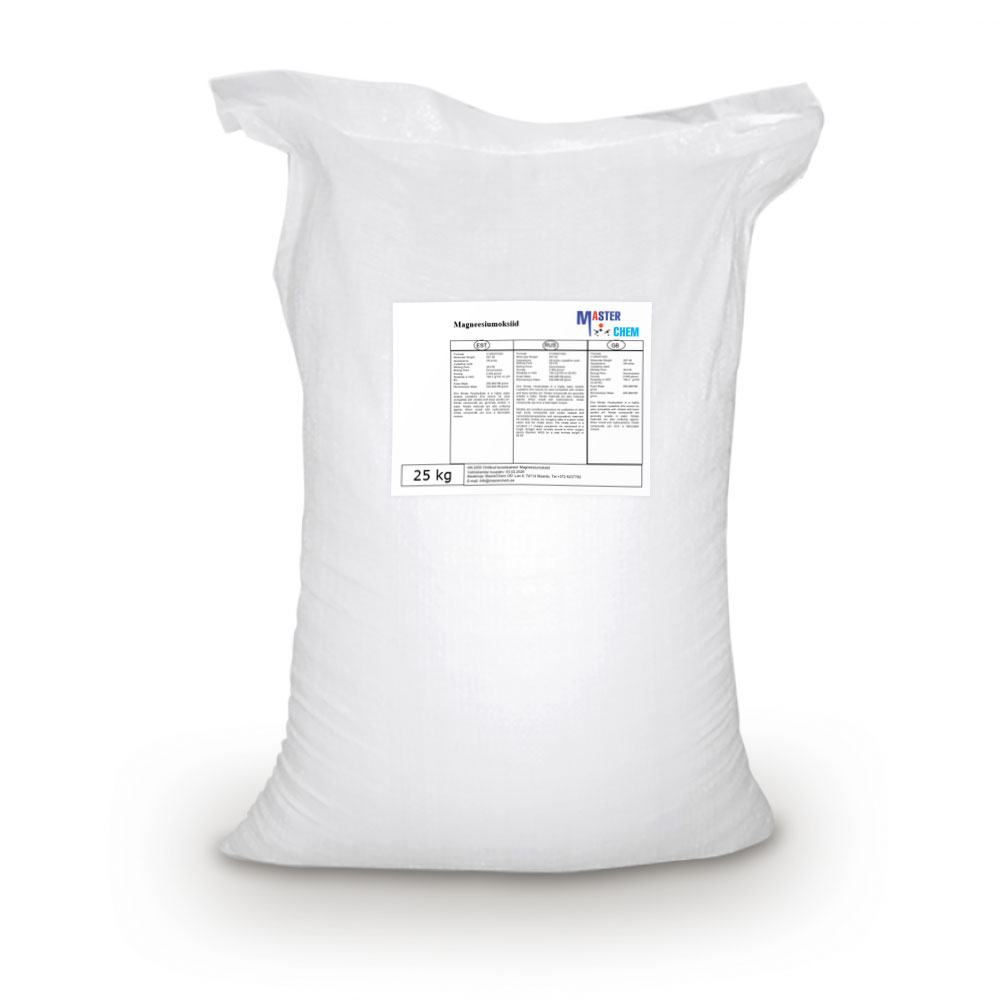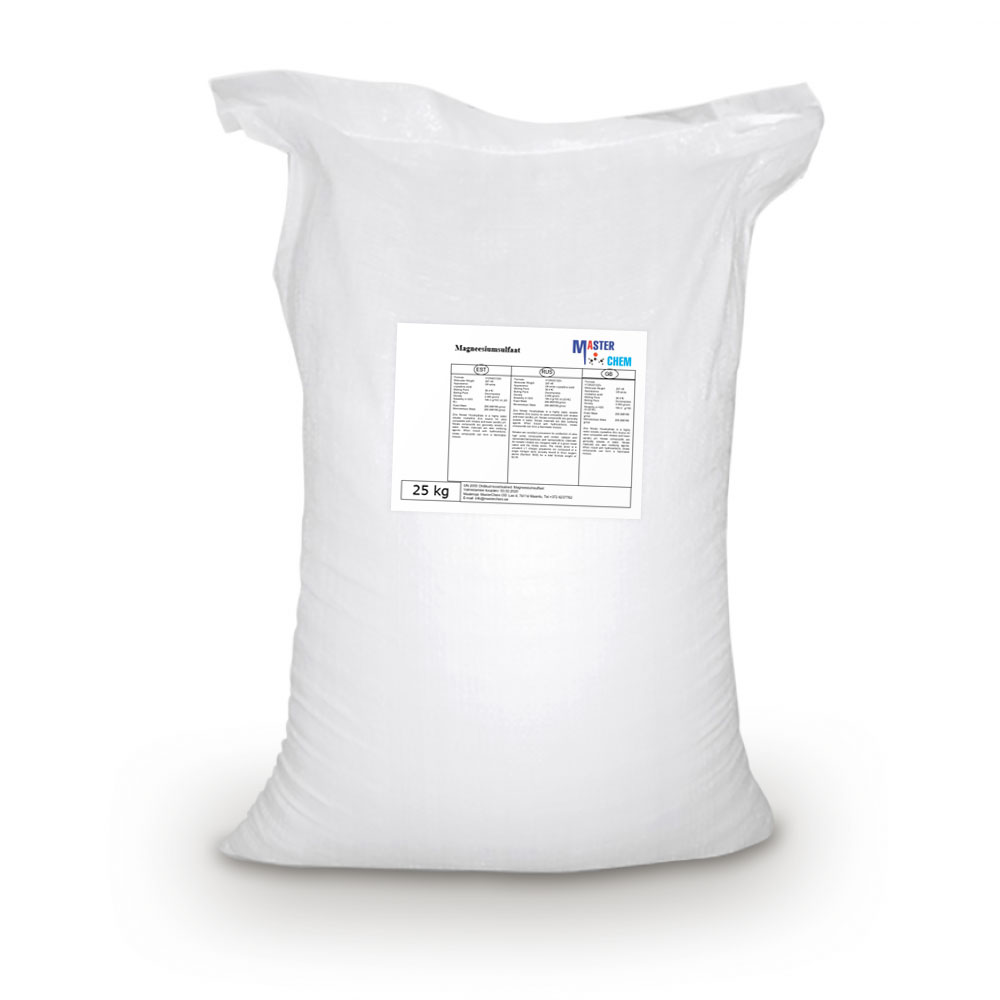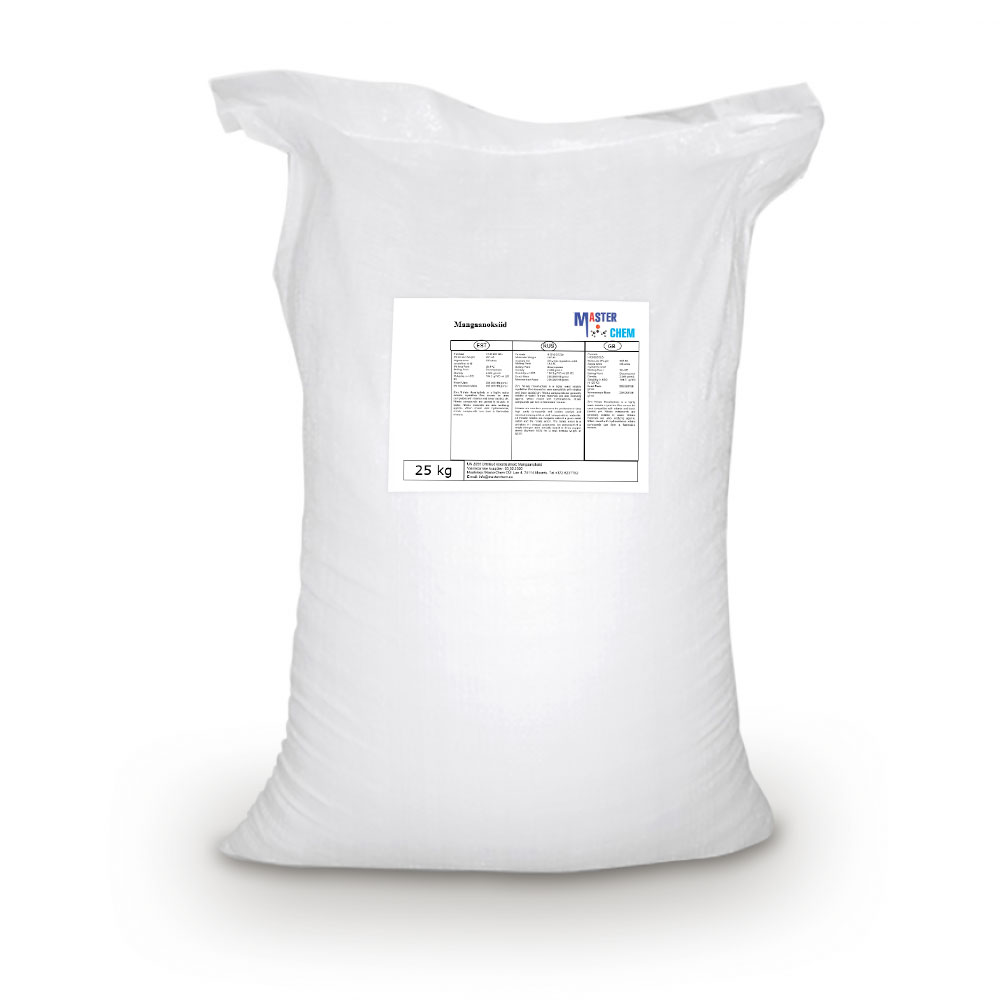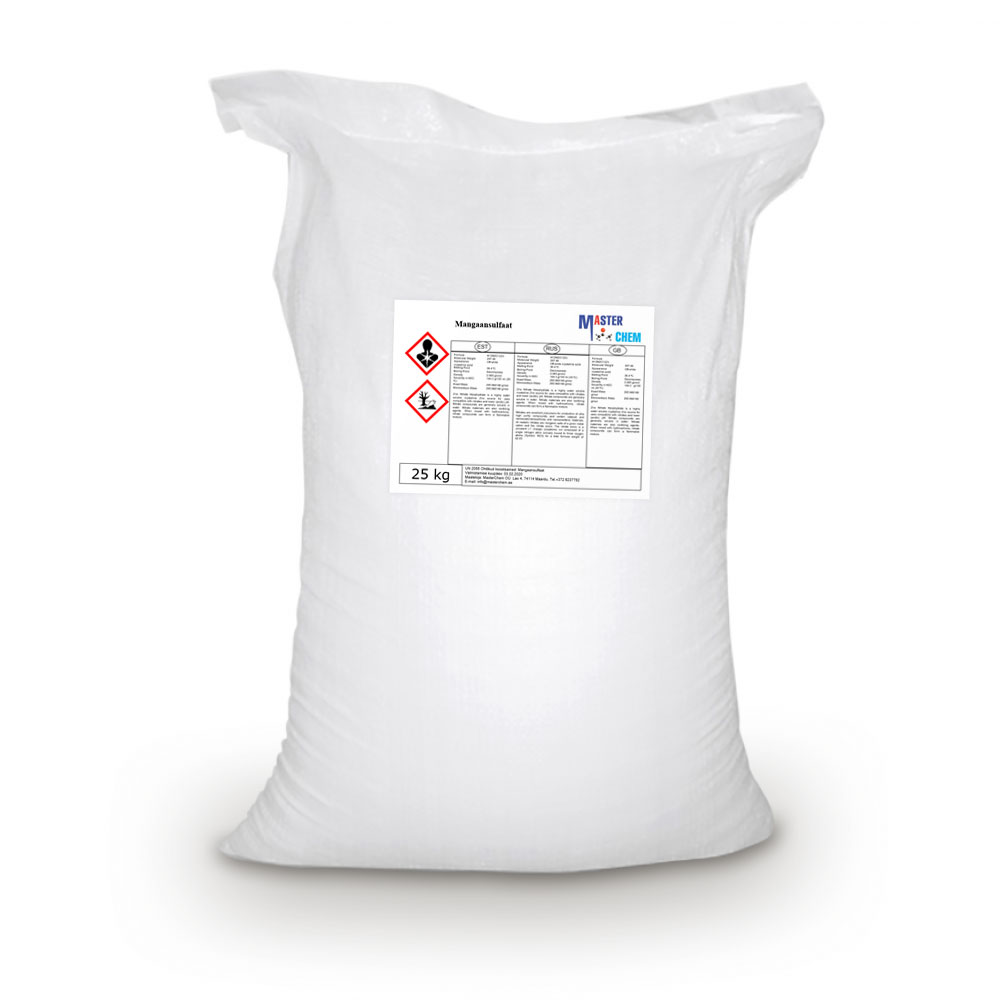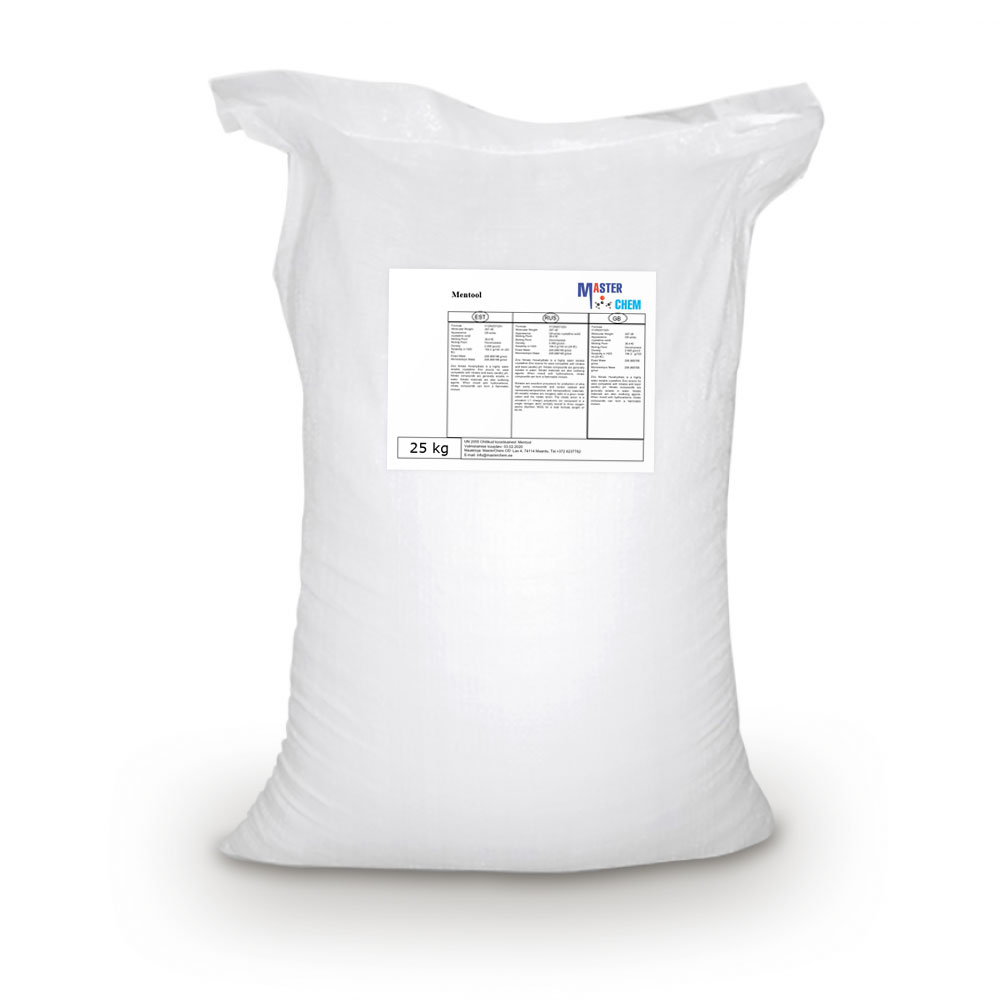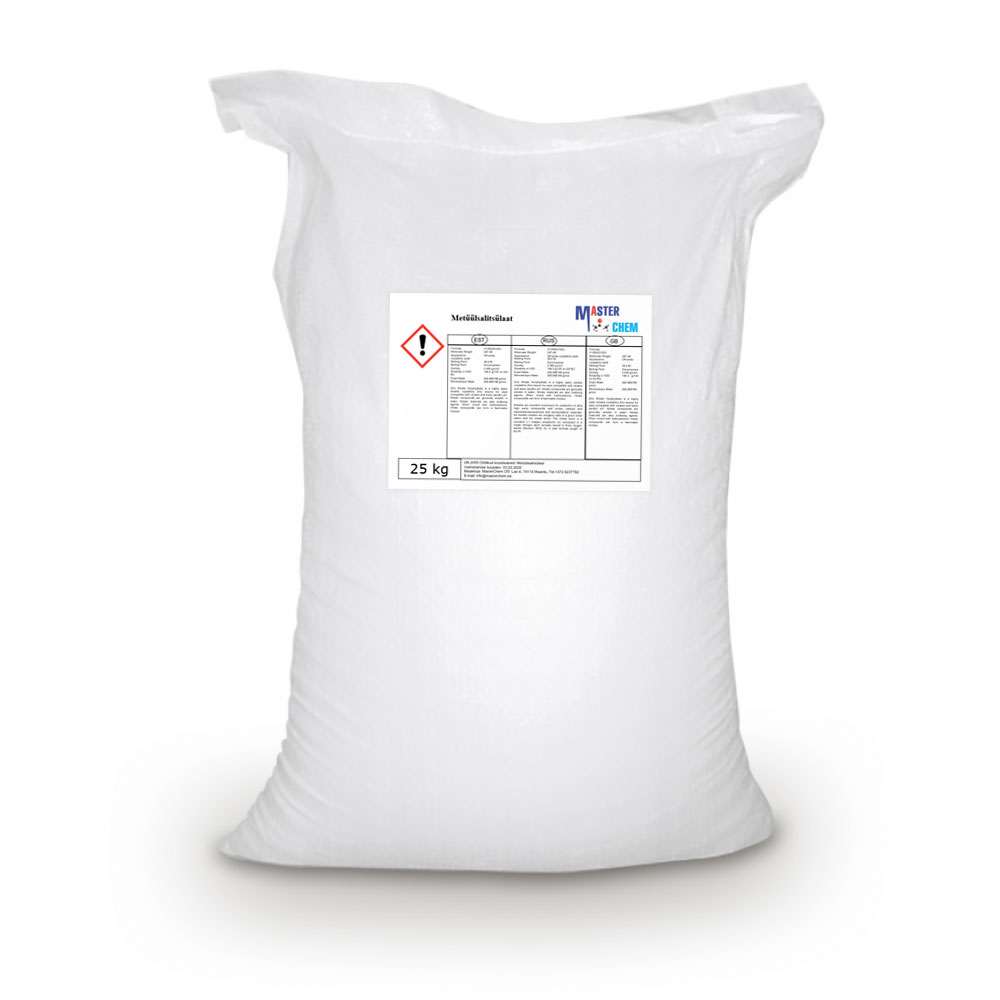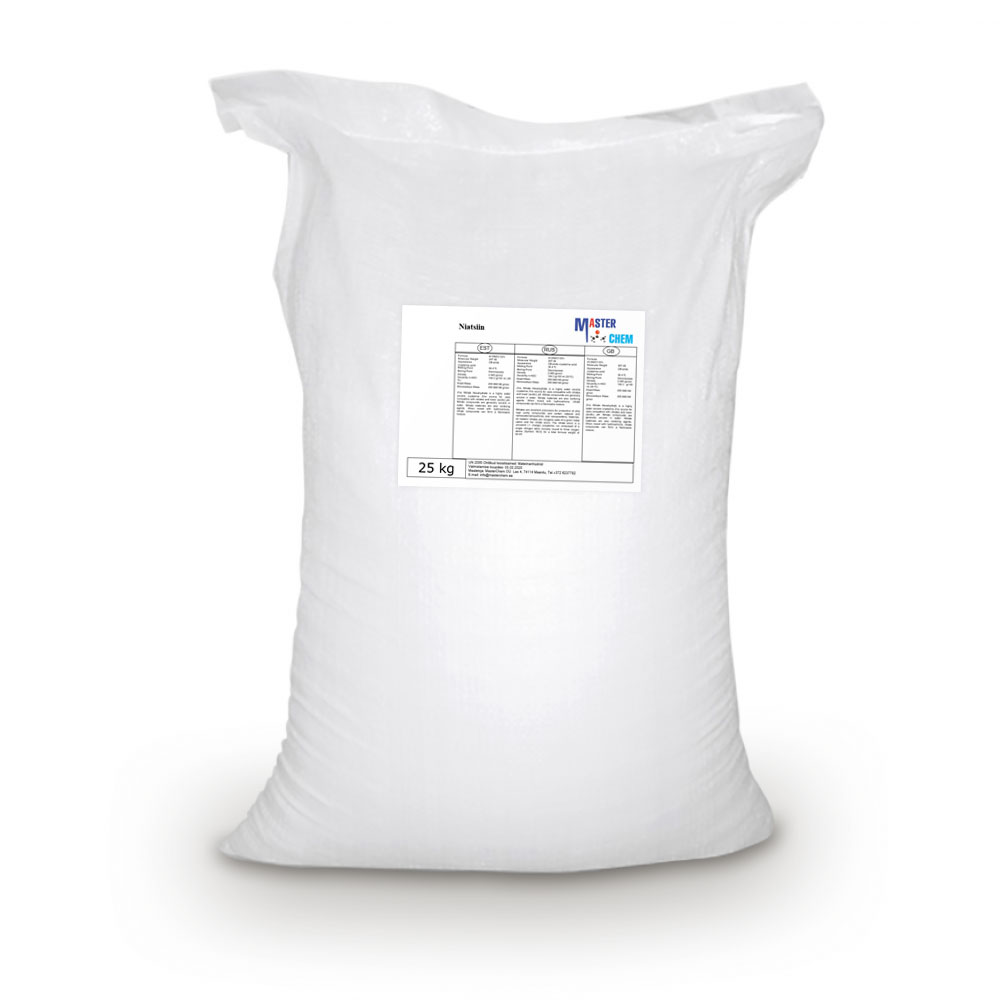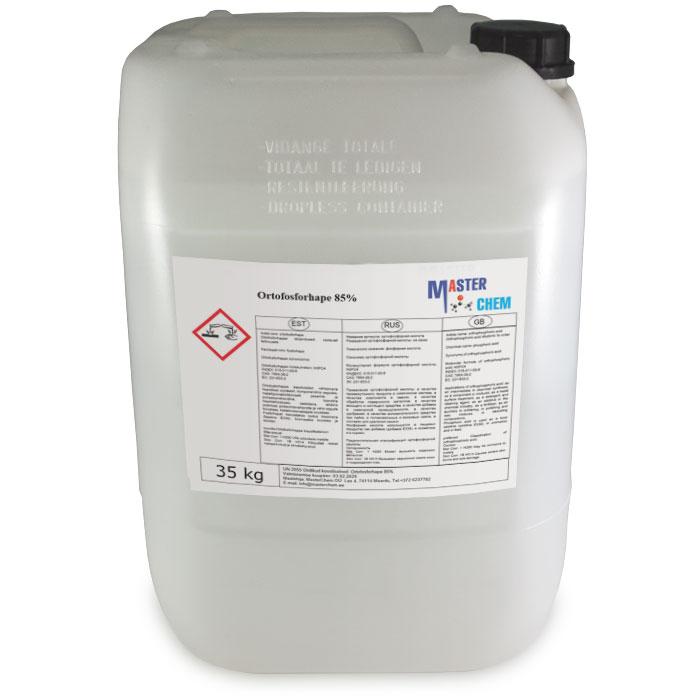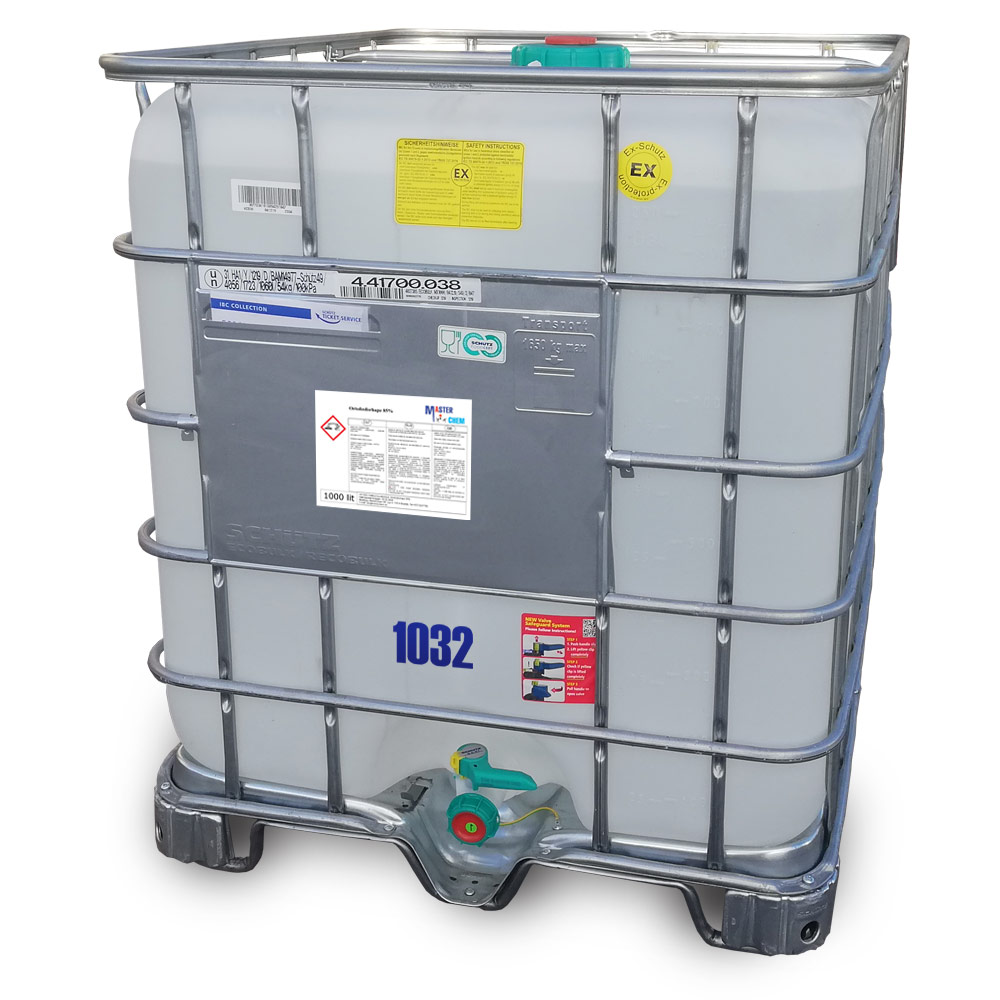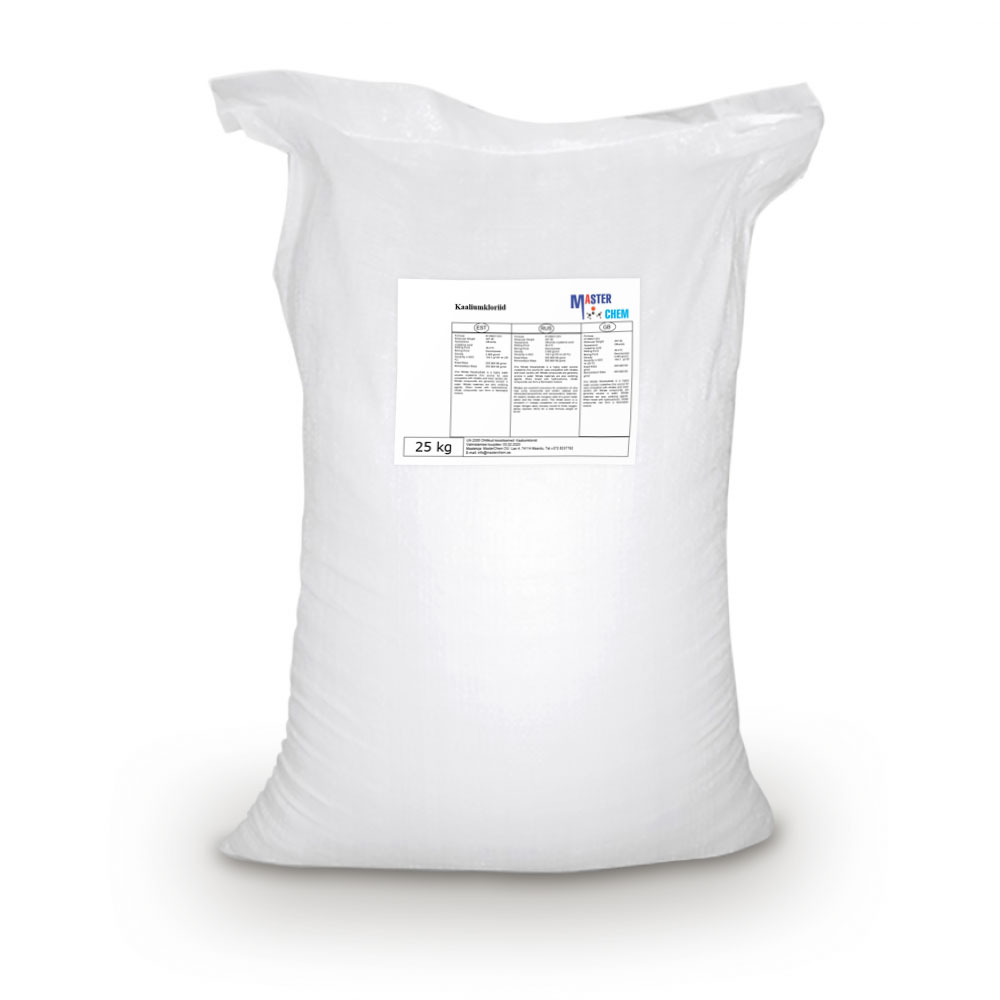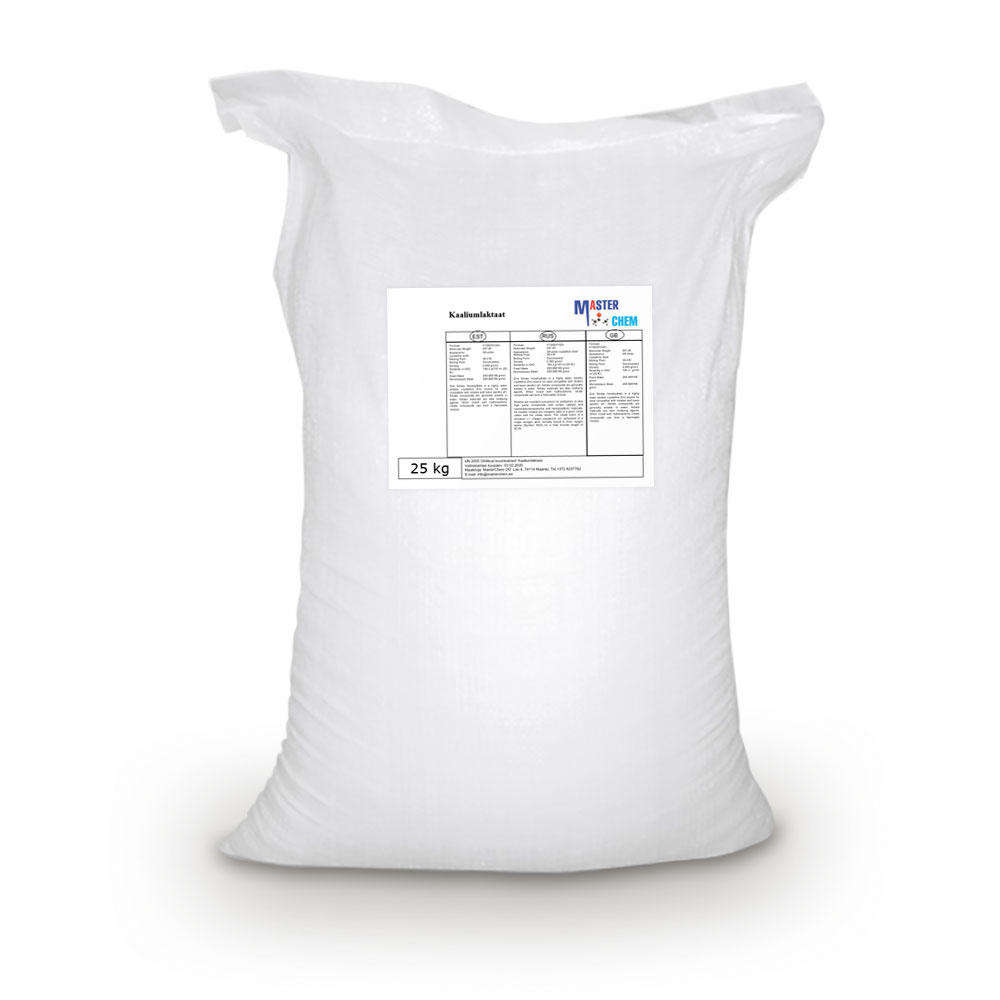Currently Empty: €0.00
Lactic acid 50% (CAS 598-82-3)
Lactic acid 50% (CAS 598-82-3)
Lactic acid is an organic acid. It has a molecular formula CH3CH(OH)COOH. It is white in the solid state and it is miscible with water. When in the dissolved state, it forms a colorless solution. Production includes both artificial synthesis as well as natural sources. Lactic acid is an alpha-hydroxy acid (AHA) due to the presence of a hydroxyl group adjacent to the carboxyl group. It is used as a synthetic intermediate in many organic synthesis industries and in various biochemical industries. The conjugate base of lactic acid is called lactate.
In solution, it can ionize by loss of a proton to produce the lactate ion CH3CH(OH)CO−2. Compared to acetic acid, its pKa is 1 unit less, meaning lactic acid is ten times more acidic than acetic acid. This higher acidity is the consequence of the intramolecular hydrogen bonding between the α-hydroxyl and the carboxylate group.
Magnesium oxide (CAS 1309-48-4)
Magnesium oxide (CAS 1309-48-4)
Magnesium oxide (MgO), or magnesia, is a white hygroscopic solid mineral that occurs naturally as periclase and is a source of magnesium (see also oxide). It has an empirical formula of MgO and consists of a lattice of Mg2+ ions and O2− ions held together by ionic bonding. Magnesium hydroxide forms in the presence of water (MgO + H2O → Mg(OH)2), but it can be reversed by heating it to remove moisture.
Magnesium oxide was historically known as magnesia alba (literally, the white mineral from Magnesia – other sources give magnesia alba as MgCO3), to differentiate it from magnesia negra, a black mineral containing what is now known as manganese.
While “magnesium oxide” normally refers to MgO, magnesium peroxide MgO2 is also known as a compound. According to evolutionary crystal structure prediction, MgO2 is thermodynamically stable at pressures above 116 GPa (gigapascals), and a semiconducting suboxide Mg3O2 is thermodynamically stable above 500 GPa. Because of its stability, MgO is used as a model system for investigating vibrational properties of crystals.
Magnesium Sulfate Anhydrate (CAS 7487-88-9)
Magnesium Sulfate Anhydrate (CAS 7487-88-9)
Magnesium sulfate or magnesium sulphate (in British English) is a chemical compound, a salt with the formula MgSO4, consisting of magnesium cations Mg2+ (20.19% by mass) and sulfate anions SO2−4. It is a white crystalline solid, soluble in water but not in ethanol.
Magnesium sulfate is usually encountered in the form of a hydrate MgSO4·nH2O, for various values of n between 1 and 11. The most common is the heptahydrate MgSO4·7H2O, known as Epsom salt, which is a household chemical with many traditional uses, including bath salts.
The main use of magnesium sulfate is in agriculture, to correct soils deficient in magnesium (an essential plant nutrient because of the role of magnesium in chlorophyll and photosynthesis). The monohydrate is favored for this use; by the mid 1970s, its production was 2.3 million tons per year. The anhydrous form and several hydrates occur in nature as minerals, and the salt is a significant component of the water from some springs.
Manganese chloride tetrahydrate (CAS 13446-34-9)
Manganese chloride tetrahydrate (CAS 13446-34-9)
Manganese(II) chloride is the dichloride salt of manganese, MnCl2. This inorganic chemical exists in the anhydrous form, as well as the dihydrate (MnCl2·2H2O) and tetrahydrate (MnCl2·4H2O), with the tetrahydrate being the most common form. Like many Mn(II) species, these salts are pink, with the paleness of the color being characteristic of transition metal complexes with high spin d5 configurations. It is a paramagnetic salt.
Manganese chloride is mainly used in the production of dry cell batteries. It is the precursor to the antiknock compound methylcyclopentadienyl manganese tricarbonyl.
Manganese oxide (CAS 1344-43-0)
Manganese oxide (CAS 1344-43-0)
Manganese(II) oxide is an inorganic compound with chemical formula MnO. It forms green crystals. The compound is produced on a large scale as a component of fertilizers and food additives.
Together with manganese sulfate, MnO is a component of fertilizers and food additives. Many thousands of tons are consumed annually for this purpose. Other uses include: a catalyst in the manufacture of allyl alcohol, ceramics, paints, colored glass, bleaching tallow and textile printing.
Manganese Sulphate (CAS 100034-96-5)
Manganese Sulphate (CAS 100034-96-5)
Manganese sulfate monohydrate is used to produce manganese by an electrolytic process. The compound is used for dyeing textiles; for producing red glazes on porcelain; in varnish driers; in fertilizers; and in animal feeds to provide manganese as an essential trace element.
Menthol (CAS 2216-51-5)
Menthol (CAS 2216-51-5)
Menthol is an organic compound, more specifically a monoterpenoid, made synthetically or obtained from the oils of corn mint, peppermint, or other mints. It is a waxy, crystalline substance, clear or white in color, which is solid at room temperature and melts slightly above.
The main form of menthol occurring in nature is (−)-menthol, which is assigned the (1R,2S,5R) configuration. Menthol has local anesthetic and counterirritant qualities, and it is widely used to relieve minor throat irritation. Menthol also acts as a weak κ-opioid receptor agonist.
Methyl salicylate (CAS 119-36-8)
Methyl salicylate (CAS 119-36-8)
Methyl salicylate (oil of wintergreen or wintergreen oil) is an organic compound with the formula C6H4(OH)(CO2CH3). It is the methyl ester of salicylic acid. It is a colorless, viscous liquid with a sweet, fruity odor reminiscent of root beer, but often associatively called “minty”, as it is an ingredient in mint candies. It is produced by many species of plants, particularly wintergreens. It is also produced synthetically, used as a fragrance and as a flavoring agent.
Niacin (WE 59-67-6)
Niacin (WE 59-67-6)
Niacin, also known as nicotinic acid, is an organic compound and a vitamer of vitamin B3, an essential human nutrient. It can be manufactured by plants and animals from the amino acid tryptophan. Niacin is obtained in the diet from a variety of whole and processed foods, with highest contents in fortified packaged foods, meat, poultry, red fish such as tuna and salmon, lesser amounts in nuts, legumes and seeds.
Potassium chloride (CAS 7447-40-7)
Potassium chloride (CAS 7447-40-7)
Potassium chloride (KCl, or potassium salt) is a metal halide salt composed of potassium and chlorine. It is odorless and has a white or colorless vitreous crystal appearance. The solid dissolves readily in water, and its solutions have a salt-like taste. Potassium chloride can be obtained from ancient dried lake deposits. KCl is used as a fertilizer, in medicine, in scientific applications, and in food processing, where it may be known as E number additive E508.
As a chemical feedstock, it is used for the manufacture of potassium hydroxide and potassium metal. It is also used in medicine, lethal injections, scientific applications, food processing, soaps, and as a sodium-free substitute for table salt for people concerned about the health effects of sodium.
It is used as a supplement in animal feed to boost the potassium level in the feed. As an added benefit, it is known to increase milk production.
It is sometimes used in solution as a completion fluid in petroleum and natural gas operations, as well as being an alternative to sodium chloride in household water softener units.
Potassium lactate (CAS 85895-78-9)
Potassium lactate (CAS 85895-78-9) 25kg MasterChem
Potassium L(+)-lactate is the potassium salt of L(+)-lactic acid, obtained by neutralisation of the acid of natural origin with a high purity potassium source. Lactate is produced naturally by living organisms as a by-product of the glycolysis. Potassium L(+)-lactate is used in food as a sodium free pathogen control agent and humectant. As an alternative to sodium lactate, it addresses the concerns of health organisations and consumers about reducing sodium intake.

